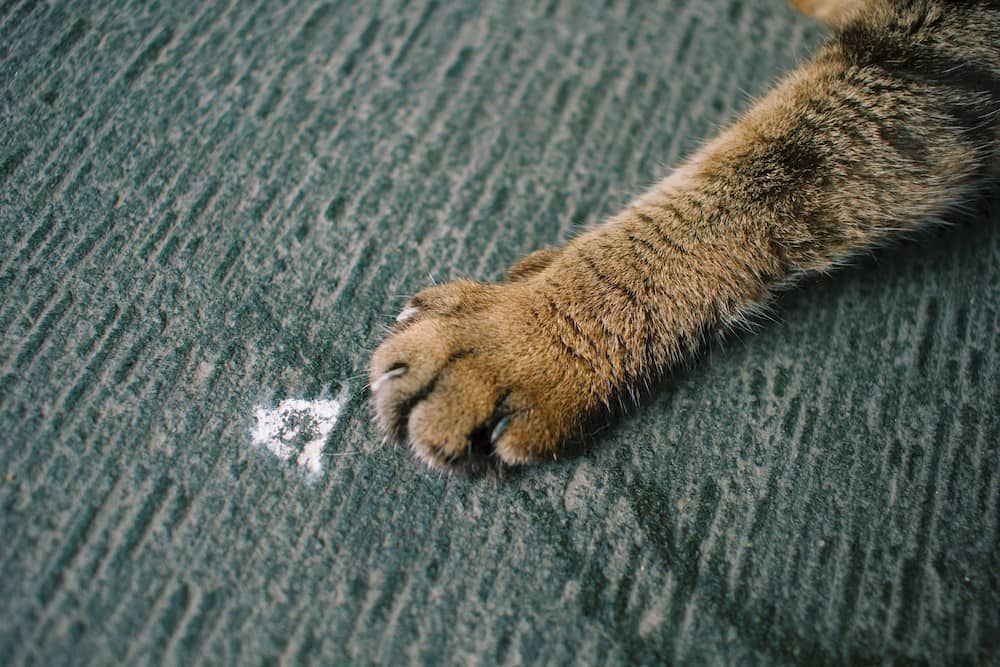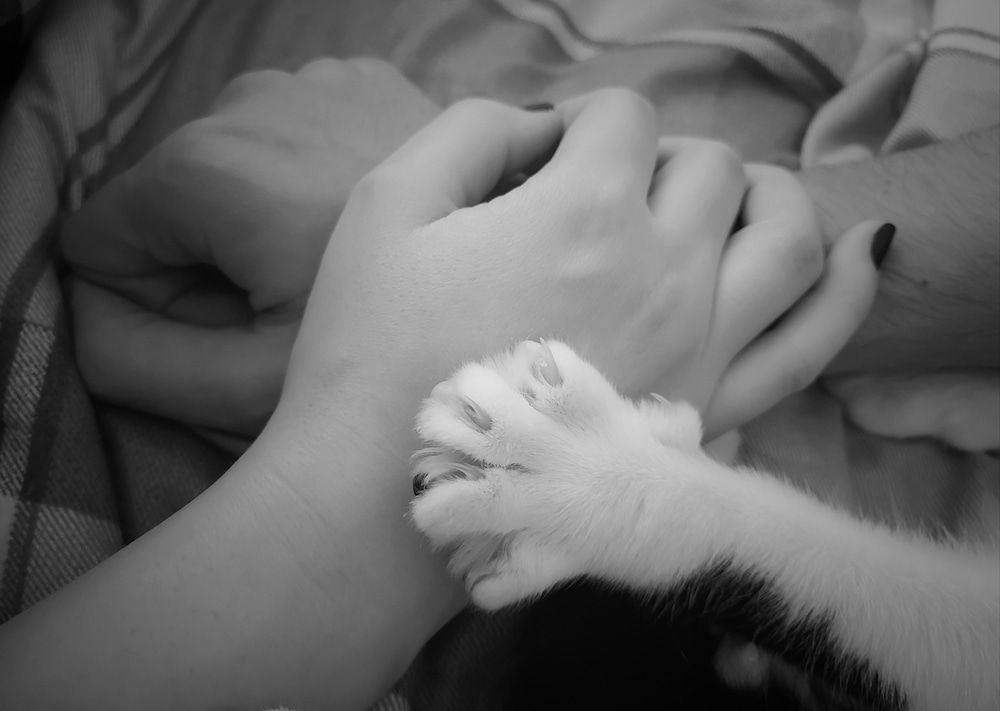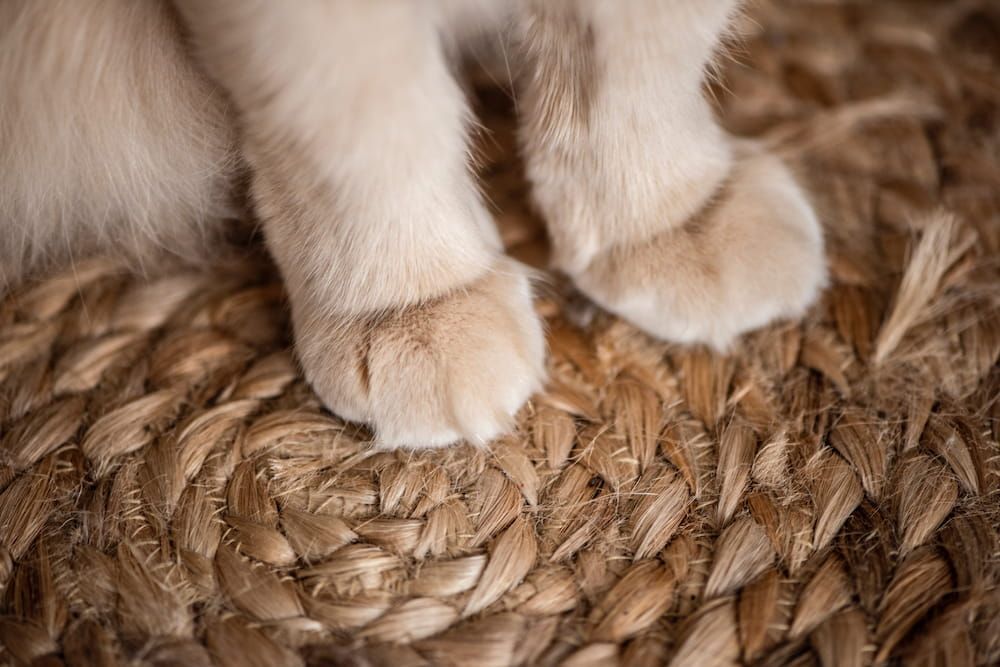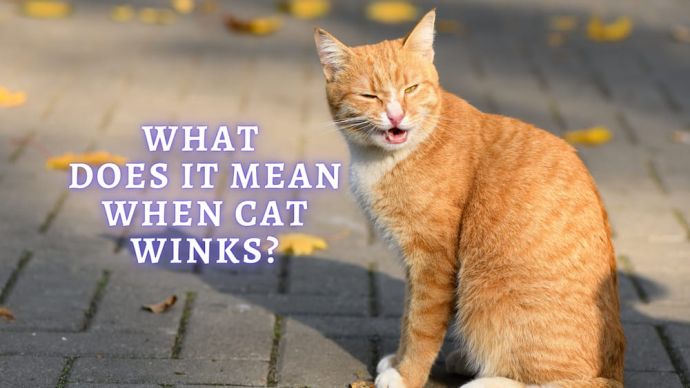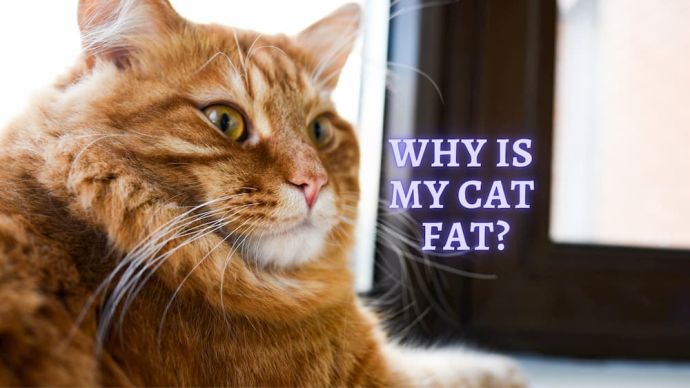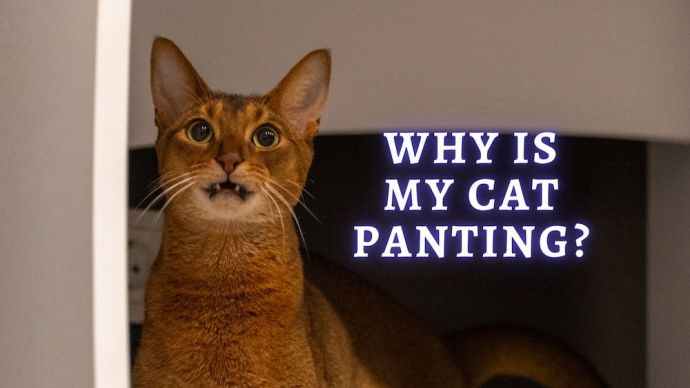Declawing Cats: Is Declawing Cats Bad? (Vet Approved)
Written by:
Author: Vicki Smirnova
Vicki Smirnova is a professional writer and editor who adores animals and helps readers get along well with their pets. She has been working in digital media for more than 5 years and has great experience writing content about lifestyle, including pets. Vicki specializes in dog health and nutrition, cat feeding, dog training. She is an aquarium lover and is passionate to write about fish care at home. Also, Vicki headed several websites and worked as a news editor.
View all 244 articlesLearn about our editorial process and veterinary review board.
Reviewed by:
Veterinary review
by Dr. Linda Simon
Dr. Linda Simon is a veterinary surgeon working with seven years of experience. She is a fellow of the British Veterinary Association and specializing in animal medicine. Also, she has been the Woman magazine resident vet for the past two years and writes a regular column for them, focusing on pets and their health.
View all 30 articlesLearn about our veterinary review board
Viewed: 251
Updated on: 12/28/2022
Cat owners are faced with the problem of sharp claws, which cause a lot of inconvenience to the owners. Cats sharpen their claws instinctively; it is not a habit we can or should break. Some particularly sensitive owners in countries where it is legal are opting for an alternative and controversial method of solving the problem – cat declawing surgery.
What is declawing exactly?
Removal of the ungual phalanges (onychectomy) or ‘soft paws surgery’ is a procedure in which the claws of cats are removed, mainly on the front paws. This procedure is not very common nowadays and is outlawed in many places worldwide.
Cat declawing is performed under general anesthesia. Usually, the operation “Soft paws” is performed only on the forelimbs. After the operation, it is desirable to keep the animal in a cage for 2-3 days and use paper instead of cat litter. Within a few weeks after onychectomy, adaptation to new conditions of existence takes place.
- Duration – 30-40 minutes.
- Postoperative period – bandages and wearing a protective collar for days to weeks.
Amputation of the claws makes cats defenseless. It has also been shown that such an operation can lead to degenerative changes in the joints of the limbs and impaired coordination due to the need to put weight on the paw pad rather than the toes when walking. Due to improper paw placement, arthritis and muscle atrophy can develop, and cats may become nervous or aggressive, and this can lead to e.g., the use of teeth as a defense and protection.
Critics liken the procedure to cutting off someone’s fingers or toes and say the lack of claws can affect how a cat moves and balances. “Surgery is sometimes medically necessary if an infection or swelling develops in the nail bed. But many people remove their claws from healthy cats to keep them from cats scratching behavior. This is nothing worse than deliberately mutilating an animal for its own convenience.” says Dr. Sarah Endersby, Veterinary Development Manager at International Cat Care.
Attitudes towards this practice vary greatly. In many European countries, the procedure was banned back in the early 90s, while in the United States, according to a survey conducted in 2011, 55% of cat owners considered it completely acceptable.[1]
READ MORE: Why Does My Cat Grab My Hand and Bite Me?
When is cat declawing needed?
Scratching surfaces for a cat has many functions, including keeping claws short, breaking off weak claw sheaths, training muscles, a form of physical and mental enrichment, and marking its territory. When scratching the surface, the cat leaves visual, and odor marks – cats leave behind a distinctive odor and old shards of claws, something which is easily detected by other cats.
Thanks to the marking, the cat feels like a master of its territory and feels comfort and peace. Scratching occurs regularly, even if the nails are trimmed. This instinct prevents many pathologies associated with the autonomic nervous system and allows adult cats to communicate with the environment.
In many countries, the amputation of claws in cats is not recognized and is prohibited by law. An exception is made only if the operation is unavoidable and associated with trauma to the nail bed, which may be a risk of wound infection and damage to the cat’s health. If the cat has ingrown claws, traumatic paw pads, or various neoplasms in the tissues, then such an operation may be indicated. Often, the reason for the “soft paws” operation is the cat’s uncontrollable aggression towards the owners, children, and other animals in the house. Still, even in such cases, it is possible to solve the problem of stress reduction, environmental changes, medication, and consultation with a behaviorist rather than depriving the cat of its means of protection.
Safe alternatives to declawing
Onychectomy alternatives:
- to bring up a kitten from the very first day in the house, forbidding to scratch things and getting them used to a scratching post or mat;
- regularly trim the cat’s claws with a nail clipper;
- accustom the animal to the scratching post, using special attractants (sprays). You can also rub cotton wool on their cheeks and then on the post, spreading their natural odour.
- get “soft claws”, which are also known as silicone pads or anti-scratches. These are thin silicone caps that are put on the claws of adult cats, having previously been processed inside with special medical glue. The main thing is to choose the right size anti-scratch caps and to follow the instructions for their use. Not all cats take to them and some require a desensitation period as they get used to them.
READ MORE: Cat Nail Caps: Is Cat Claw Covers Safe?
Does declawing a cat affect the cat’s personality?
Yes, it may. Declawed cats can cause the loss of a pet’s sense of self-confidence and constant stress caused by a sense of defenselessness. This potentially could weaken the animal’s immune status, as cortisol levels that are raised negatively affect immunity and her personality traits.
“Some studies have shown that declawed cats have higher levels of cortisol, a stress hormone often associated with pain,” explains animal behavior consultant and Chicago-based journalist Steve Dale.
What’s more, only a tiny fraction of declawing operations are done correctly: Often, bone fragments remain in the paw after surgery, says Professor Gunn-Mohr, and the furry feline friend will step on these fragments while walking.
According to Dr. Endersby, animals may experience pain after declawing: “Part of their weight is on the toes, so after the operation, their gait changes.”
Drew Weiner, a veterinarian in Atlanta, warns that it is difficult to conduct successful animal behavior studies. He argues that many veterinarians now consider this procedure unethical because it is unnecessary.
Many veterinary organizations in the US oppose the declawing bill, insisting that it should be allowed as a last resort (if the owner of the animal is willing to refuse it because of the presence of claws).[2]
Should declawed cats be allowed to go outside?
Having decided to perform an onychectomy, the animal’s owner must understand that after removing the claws, the cat can only live at home (any independent walks should be excluded). Without claws, a cat cannot fend for itself, flee, climb a tree or get food – to catch a mouse or a bird.
Moreover, increased injuries in pets with removed claws are also observed at home. We know several high-altitude injuries (falls from a height) when cats without claws dove off window sills, trying in vain to hang on. The decision to remove the claws should be well thought out. Before deciding on an onychectomy, all other options for solving the problem should be tried.
Last words about cat’s claws for cat owners
The main reason for this operation is that the pet begins to scratch the furniture, which the owner finds unacceptable. Another significant reason may be aggression towards other animals, children, and household members. But is it worth resorting to such radical methods of solving the problem?
You should ensure you train your pet well from a young age as alternatives to declawing. This means preventing them from scratching things they should not and re-drecting them to where they can scratch. We can then reward this good behavior with treats and praise. From a very young age, it is necessary to accustom your animal to trimming (cutting) the cat claws. This procedure should be carried out approximately every 3-4 weeks, it can also protect your property from damage.
Neither using silicone pads as alternatives to declawing nor regular nail trimming are traumatic, and they do not interfere with mobility or cause pain or mobility issues.
If you still failed to solve the problem, you are adamant and want to go ahead with the de-clawing. You should, among other things, think about the consequences, rehabilitation process, costs, ethics, and postoperative care.
READ MORE: The Best Cat Trees For Large Cats (Review)
FAQ
Is it cruel to declaw a cat?
Declawing a cat is a significant operation with permanent results. The pain should be managed with medicine but there may be some discomfort, and any complications or infections could cause real issues. During the procedure, the cat’s toes are permanently shortened, removing the distal phalanges and claws.
Will vets still declaw cats?
Many veterinarians and specialists are opposed to onychectomy. Amputation of the claws makes pets defenseless, and it has also been shown that such an operation can lead to degenerative changes in the joints of the limbs and impaired coordination due to the need to put pressure on the paw pad rather than the toes when walking.
Are declawed cats happy?
After the procedure, the recovery process depends on the individual and can take about a couple of weeks in time. The pet will experience some discomfort after the operation and may be frightened or anxious. There may be bleeding from wounds after surgery.
Is there a humane way to declaw cats?
Alternative solutions may be the vinyl nail caps on the claws of pets. Providing scratching mats and posts and regular claw clipping are important. Claw clipping should be introduced in kittenhood; however, for some pets it can only be done in a clinic or pet salon, since at home, they simply do not allow the owners to restrain them.
READ MORE: How to Restrain a Cat to Clip Nails?
Article Sources:
- “In the USA Cats are Clawed, in Europe, they Call It Barbarism. Why is that?” BBC News, 8 June 2019, bbc.com/russian/features-48541413.
- “Declawing of Domestic Cats.” American Veterinary Medical Association, avma.org/resources-tools/avma-policies/declawing-domestic-cats.
 Cat Care Why Is My Cat Always Hungry? Vet-Approved Advice on Dealing With Hungry Cat
Cat Care Why Is My Cat Always Hungry? Vet-Approved Advice on Dealing With Hungry Cat - 348
- 0
 Cat Care Why Does My Cat Attack My Legs? 10 Reasons Why and What To Do About It (Vet-Approved Advice)
Cat Care Why Does My Cat Attack My Legs? 10 Reasons Why and What To Do About It (Vet-Approved Advice) - 46013
- 21
 Cat Veterinary Tips Cat Stomach Gurgling: Vet Advice on Why is Your Cat Stomach Gurgling?
Cat Veterinary Tips Cat Stomach Gurgling: Vet Advice on Why is Your Cat Stomach Gurgling? - 36469
- 4
 Cat Veterinary Tips My Cat Lost its Voice: Can Cats get Laryngitis? (Vet Advice)
Cat Veterinary Tips My Cat Lost its Voice: Can Cats get Laryngitis? (Vet Advice) - 23554
- 13











